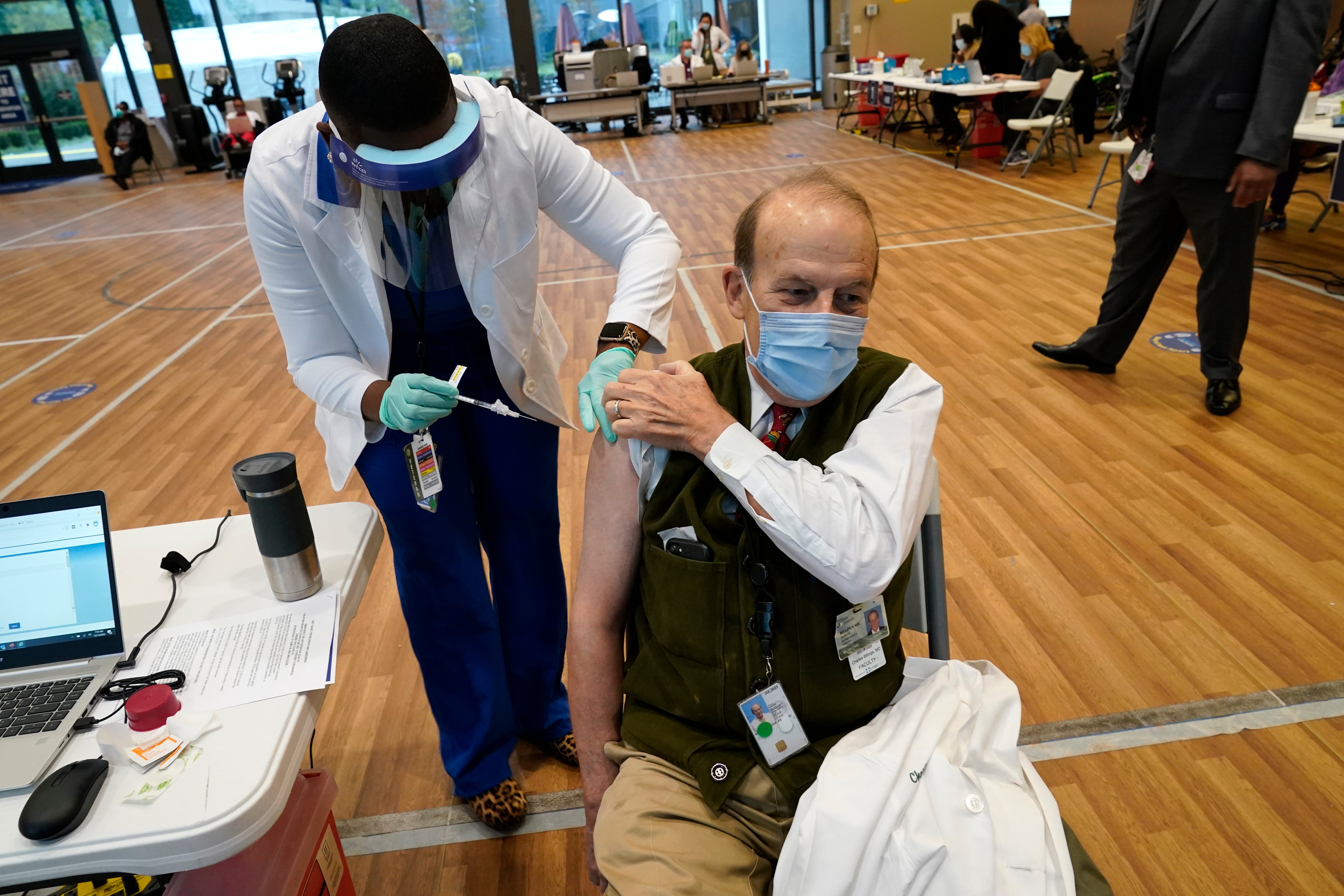The Department of Defense is approaching the one million milestone for COVID-19 vaccination doses, as Maj. Gen. Jeff Taliaferro, the Joint Staff’s vice director for operations, confirmed to members of the House Armed Services Committee Feb. 17.
As part of those administered doses, 273,939 civilian DoD employees, contractors and beneficiaries have received at least the initial COVID-19 vaccine dose, a Pentagon spokesperson told Federal Times, with 111,431 of those people fully vaccinated against the virus. There was no specific data available on how much of that number is spread between DoD feds, contractors or military beneficiaries.
According to Robert G. Salesses, who is performing the duties of assistant secretary of defense for homeland defense and global security, the agency has taken a tiered approach to vaccinations that is based on CDC guidance and DoD mission needs.
“In this tiered approach we’re focused on the frontline folks that need the vaccine to care for others,” said Salesses.
“Then we move through that process making sure that we’re focused on specific, high-important mission areas, like strategic forces. Then we move through that to the most vulnerable – ages 65 and above – and operational forces.”
According to the most recent Office of Personnel Management data, there are approximately 41,000 civilian DoD employees working under the Medical, Hospital, Dental and Public Health job classification, and the agency employs approximately 772,000 feds in total.
In the past week alone, the agency has vaccinated 170,000 people across its servicemember, civilian, contractor and beneficiary populations, and witnesses told the committee that vaccine supply continues to increase as the pharmaceutical companies that produce the vaccines have had more and more doses available.
DoD spokesperson John Kirby told reporters at a briefing later that same day that the agency had administered approximately 88 percent of its existing supply.
RELATED

Not all civilian contractors and employees will fall under the purview of DoD vaccination efforts, as Salesses noted that such employees at the Newport News Shipyard in Virginia, for example, are classified under the state’s COVID response efforts.
“As we look to the future, any of these critical areas we’re willing to and obviously going to talk to these organizations to see what we can do to assist,” said Salesses.
“As we see the increase in vaccination capability from Pfizer and Moderna, we’ll be able to provide more support collectively to these essential workers that have been identified.”
DoD civilians have caught COVID-19 at less than a third of the rate that military personnel have, though the 184 civilian deaths caused by the virus account for more than half of all virus-related deaths reported by the DoD as of the date of publication.
That discrepancy may be attributable to the relatively young demographics of active-duty military personnel compared to civilian personnel. The average age of active duty personnel at the DoD is just over 28 years old, according to a 2018 agency demographics report. Meanwhile federal employees tend to be older on average than the general population.
Salesses said that the DoD expects to have everyone at the agency vaccinated by late July or August.
Jessie Bur covers federal IT and management.





